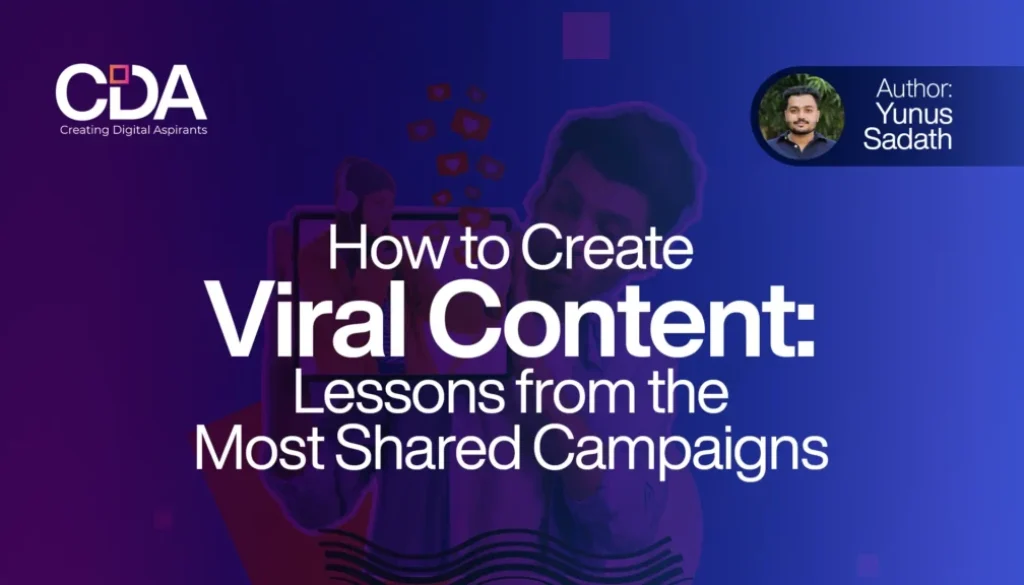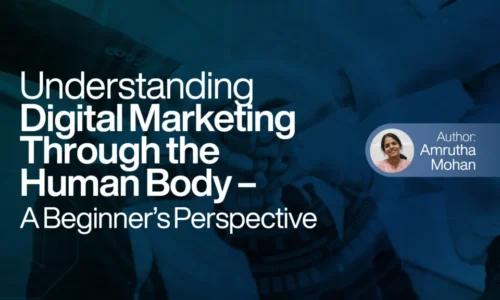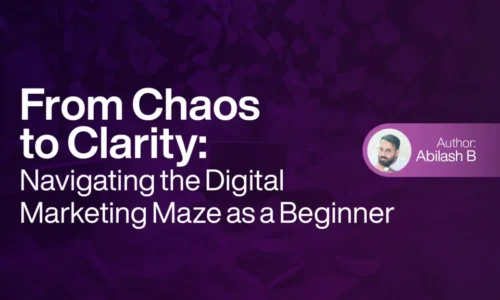How to Create Viral Content: Lessons from the Most Shared Campaigns
In a world overflowing with digital content, the challenge is not just to create, but to connect. What makes a piece of content go viral? It often boils down to the human touch the stories, emotions, and connections that resonate with people. Let’s explore some powerful lessons from successful campaigns in India that can help you craft your own viral content.
Table of Contents
1. Tell Relatable Stories
Example: Tanishq’s “Eka – The One”
Tanishq, a well-known Indian jewelry brand, launched the “Eka – The One” campaign, which celebrated the unique bond between a mother and her daughter-in-law. The heartwarming narrative highlighted the beauty of relationships, emphasizing acceptance and love, which struck a chord with many Indian families.
Lesson: Stories that reflect the experiences and emotions of your audience can create a lasting impact. Share narratives that resonate with real life situations. When people see their own stories reflected in your content, they are more likely to share it.
2. Evoking Emotions is Key
Example: Vicks’ “Touch of Care”
Vicks created a powerful advertisement featuring a transgender mother caring for her daughter. The ad beautifully conveyed love, acceptance, and the idea that family comes in many forms. The emotional depth of the story touched hearts and sparked conversations across the nation.
Lesson: Use storytelling to evoke strong emotions whether joy, empathy, or inspiration. Content that resonates emotionally can inspire people to share it, amplifying its reach. Think about the feelings you want to evoke and craft your message accordingly.
3. Encourage Participation Through Challenges
Example: KFC’s “Finger Lickin’ Good” Challenge
During the pandemic, KFC India encouraged fans to share their “finger-lickin’ good” moments while enjoying KFC at home. They asked customers to post pictures or videos of themselves relishing KFC meals, fostering a sense of community even while physically apart.
Lesson: Interactive content that invites participation can lead to viral engagement. Create fun challenges or campaigns that encourage your audience to get involved. The more enjoyable the experience, the more likely it is to spread.
4. Create a Catchy Hashtag
Example: #MyVivoStory by Vivo India
Vivo India’s #MyVivoStory campaign invited users to share their experiences using Vivo smartphones. This engaging hashtag connected users, allowing them to showcase their photography skills and personal stories, creating a community around the brand.
Lesson: A memorable hashtag can unify your campaign and make it easy for audiences to engage. Ensure it reflects your brand and message, making it easy for users to rally around and share their own experiences.
5. Timing is Everything
Example: Amazon India’s Great Indian Festival
Amazon India has mastered the art of timing with its Great Indian Festival, launching massive sales during the festive season. This not only aligns with consumers’ shopping habits but also creates excitement and urgency, leading to high engagement and shares.
Lesson: Pay attention to your audience’s needs and habits. Timing your campaigns around festivals, holidays, or significant events can dramatically increase visibility and engagement. When people are already in a sharing mood, your content is more likely to take off.
6. Address Social Issues with Compassion
Example: Flipkart’s “Nayi Soch”
Flipkart’s “Nayi Soch” campaign tackled social stigmas around women and online shopping, empowering women to make their own choices. By highlighting real stories of women breaking barriers, Flipkart encouraged a broader conversation about empowerment and choice.
Lesson: Don’t shy away from social issues that resonate with your audience. Addressing important topics with empathy and authenticity can create a stronger connection and inspire sharing. Your audience is more likely to engage with content that reflects their values.
7. Infuse Humor with Relatability
Example: Amul’s Humorous Ads
Amul has long been known for its witty, tongue-in-cheek advertisements that cleverly comment on current events. Their relatable and humorous approach has kept audiences laughing and sharing, making it a staple in Indian advertising.
Lesson: Humor, when done right, can break down barriers and make your content more relatable. Make sure your jokes resonate with your audience’s sensibilities and align with your brand image. A good laugh can go a long way in encouraging shares.
8. Incorporate Clear Calls-to-Action (CTAs)
Example: Bajaj’s “Hamara Bajaj”
Bajaj’s iconic campaign invited viewers to join the Bajaj family and share their experiences with the brand. The tagline and call to action encouraged audiences to express their pride in being part of the Bajaj community, leading to a strong brand connection.
Lesson: Always include a clear CTA to guide your audience on what to do next. Whether it’s sharing a post, commenting their thoughts, or participating in a campaign, a well-placed CTA encourages engagement and expands your reach.
Final Thoughts
Creating viral content is not just about numbers; it’s about building connections and sparking conversations. By focusing on authentic storytelling, evoking emotions, and engaging your audience, you can craft content that resonates deeply and spreads like wildfire.
Next time you sit down to brainstorm content, ask yourself: **How can I tell a relatable story? What emotions can I evoke? How can I encourage my audience to join in? By weaving these elements into your content, you’ll be on your way to creating something that not only captures attention but also creates meaningful connections.
Ready to dive into the world of viral content? Let your creativity shine and watch as your message sparks conversations and connections across the digital landscape!
This version emphasizes a human connection and features relatable Indian examples, making it more engaging for your audience. Let me know if you’d like any further adjustments!



